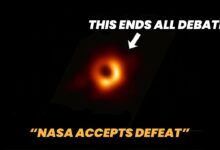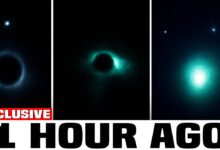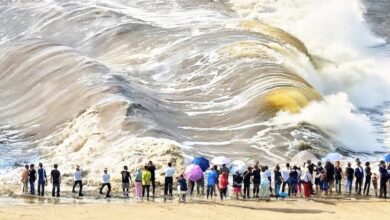The Most Horrifying Planets Ever Discovered
**1. Corot-7b**
– **Features:** Corot-7b is a rocky planet, about 1.5 times larger than Earth and located 489 light-years away. Discovered in 2019, it was considered the first rocky exoplanet similar to Earth, but it is deemed uninhabitable.
– **Atmospheric Conditions:** The temperature on the sunlit side of the planet can reach 4,700 degrees Fahrenheit (2,600 degrees Celsius), enough to melt and vaporize rocks. The rain here is not water but small rock fragments formed from hot vapor that rises, condenses, and falls as rock rain.
– **Other Phenomena:** One side of the planet always faces its star, making it extremely hot, while the other side is very cold, with temperatures dropping to -390 degrees Fahrenheit (-235 degrees Celsius). Corot-7b may have originally been a gas giant but lost its gas layer due to the star’s influence.
**2. J1407b**
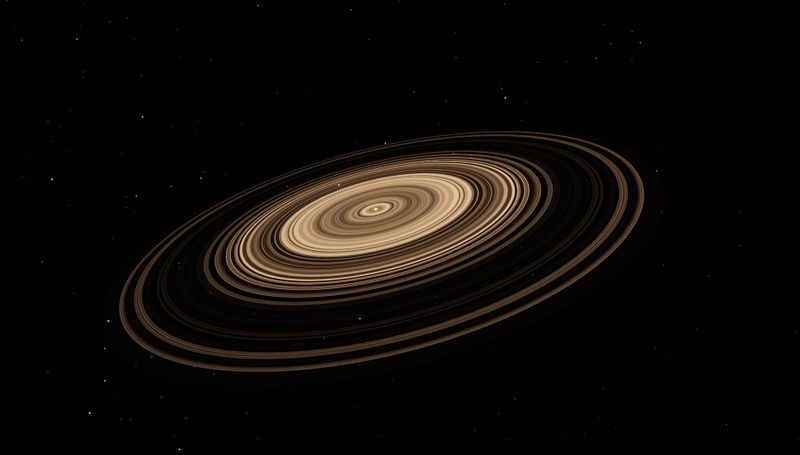
– **Features:** J1407b is a massive gas giant with rings 200 times wider than Saturn’s, extending over 110 million miles (177 million km). The planet’s mass is estimated to be between 10 and 40 times that of Jupiter.
– **Rings:** Its enormous rings could have formed from the destruction of its surrounding satellites. The planet’s rings are significantly larger and wider compared to Saturn’s rings.
– **Alternative Theory:** Some scientists suggest J1407b might be an incomplete star rather than a gas giant. Its rings have a mass of 7.34 × 10^21 tons, comparable to Earth’s mass.
**3. PSO J318.5-22**
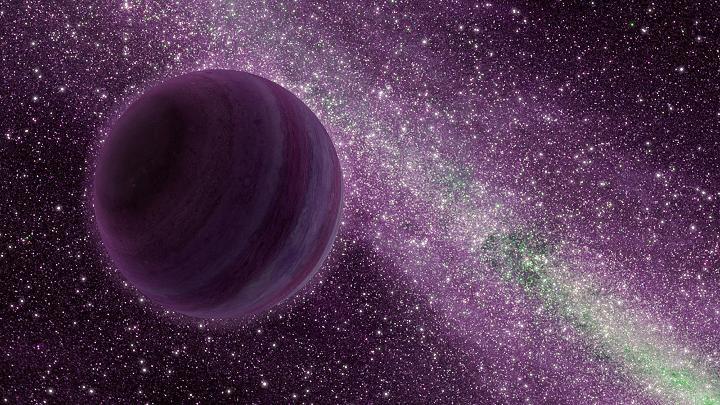
– **Features:** PSO J318.5-22 is a rogue planet, not orbiting any star, and drifts freely in space. It is about 80 light-years from Earth.
– **Characteristics:** The planet is roughly eight times the size of Jupiter and very bright. Its temperature is around 1,470 degrees Fahrenheit (800 degrees Celsius), with molten iron rain and dust storms at high speeds.
– **Formation History:** PSO J318.5-22 might be a failed star, a massive gas giant, or a planet ejected from its original system. The classification of such objects remains debated.
**4. WASP-12b**
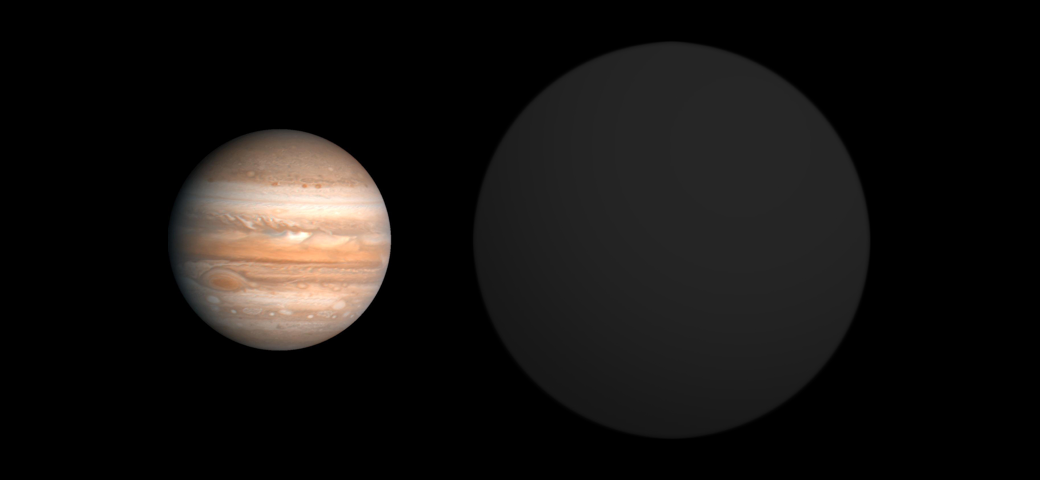
– **Features:** WASP-12b is a gas giant with a radius about twice that of Jupiter. It completes one orbit around its star in a single day, causing extreme tidal forces that distort the planet into an egg shape.
– **Conditions:** The planet’s surface temperature can reach up to 4,100 degrees Fahrenheit (2,200 degrees Celsius), making it inhospitable. The planet is being torn apart by its star, creating a gas and dust cloud.
– **Other Discoveries:** The Hubble Space Telescope detected water vapor on WASP-12b and possible diamond and graphite on its surface, though most carbon is thought to be in the atmosphere.
**5. Fomalhaut b**
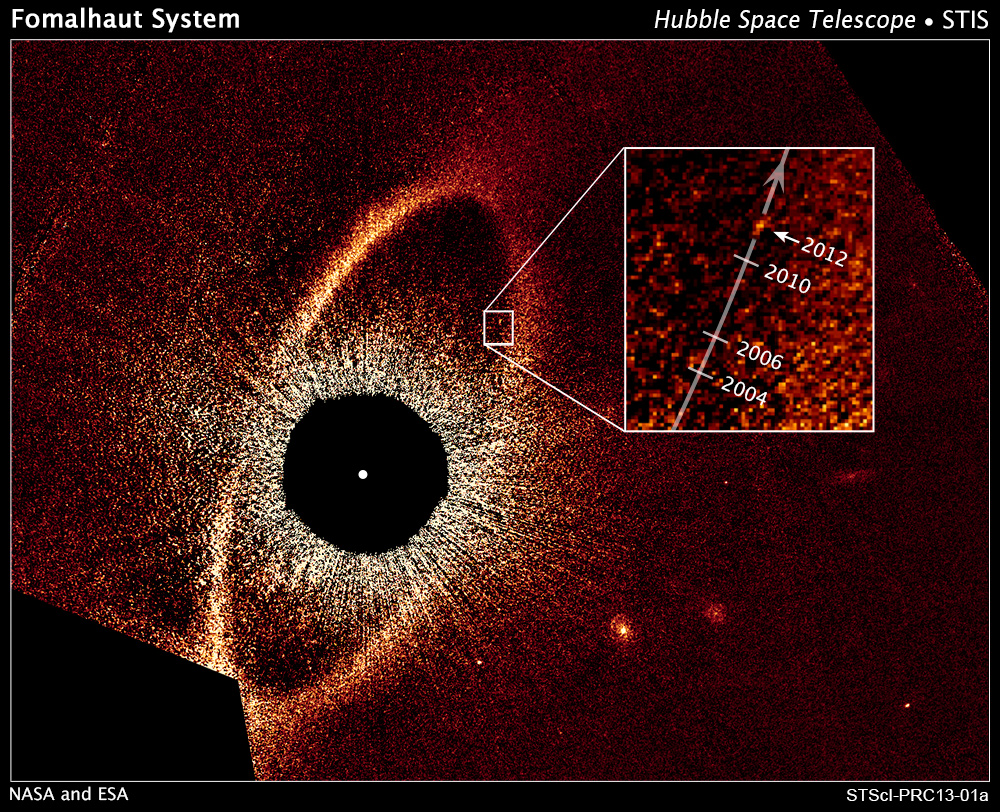
– **Features:** Initially discovered as a massive cold debris disk around the star Fomalhaut, Fomalhaut b was thought to be three times larger than Jupiter. It vanished in 2014.
– **Disappearance:** The planet increased in size and dimmed until it disappeared, leading scientists to conclude it was not a planet but a dissipating dust cloud from a collision between celestial bodies.
– **Explanation:** The dust cloud from the collision explained the size increase and decreasing brightness, leading to the conclusion that Fomalhaut b was never an actual planet.
**6. Kapteyn b**
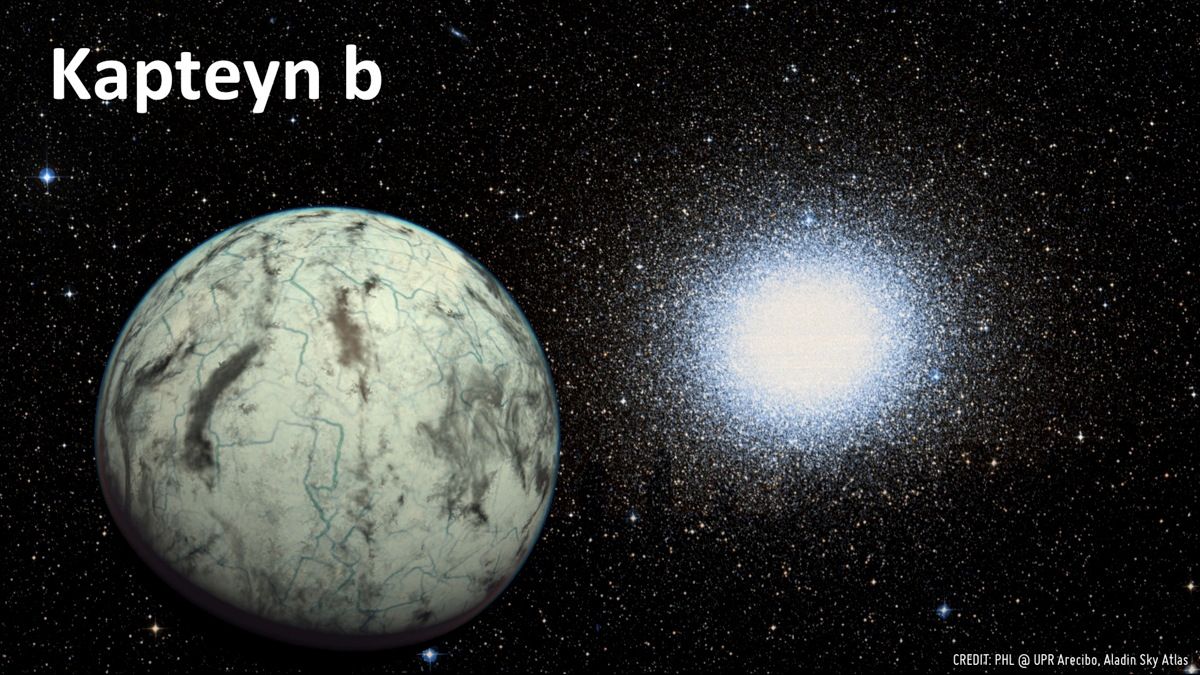
– **Features:** Kapteyn b, located 13 light-years away, is about 11.5 billion years old, making it two and a half times older than Earth.
– **Habitability:** The planet is within its star’s habitable zone, with surface temperatures ranging from -58 degrees Fahrenheit (-50 degrees Celsius) to 50 degrees Fahrenheit (10 degrees Celsius). This range could allow liquid water, increasing the chance of habitability.
– **Characteristics:** Kapteyn b orbits a red sub-dwarf star, which emits significantly less light than the Sun and has a mass a quarter of the Sun’s mass.

